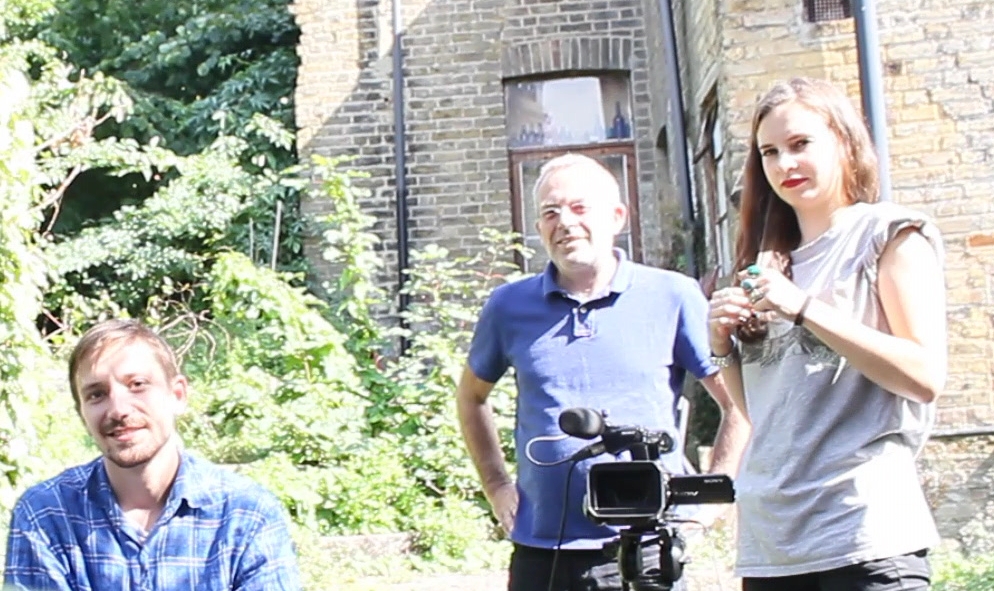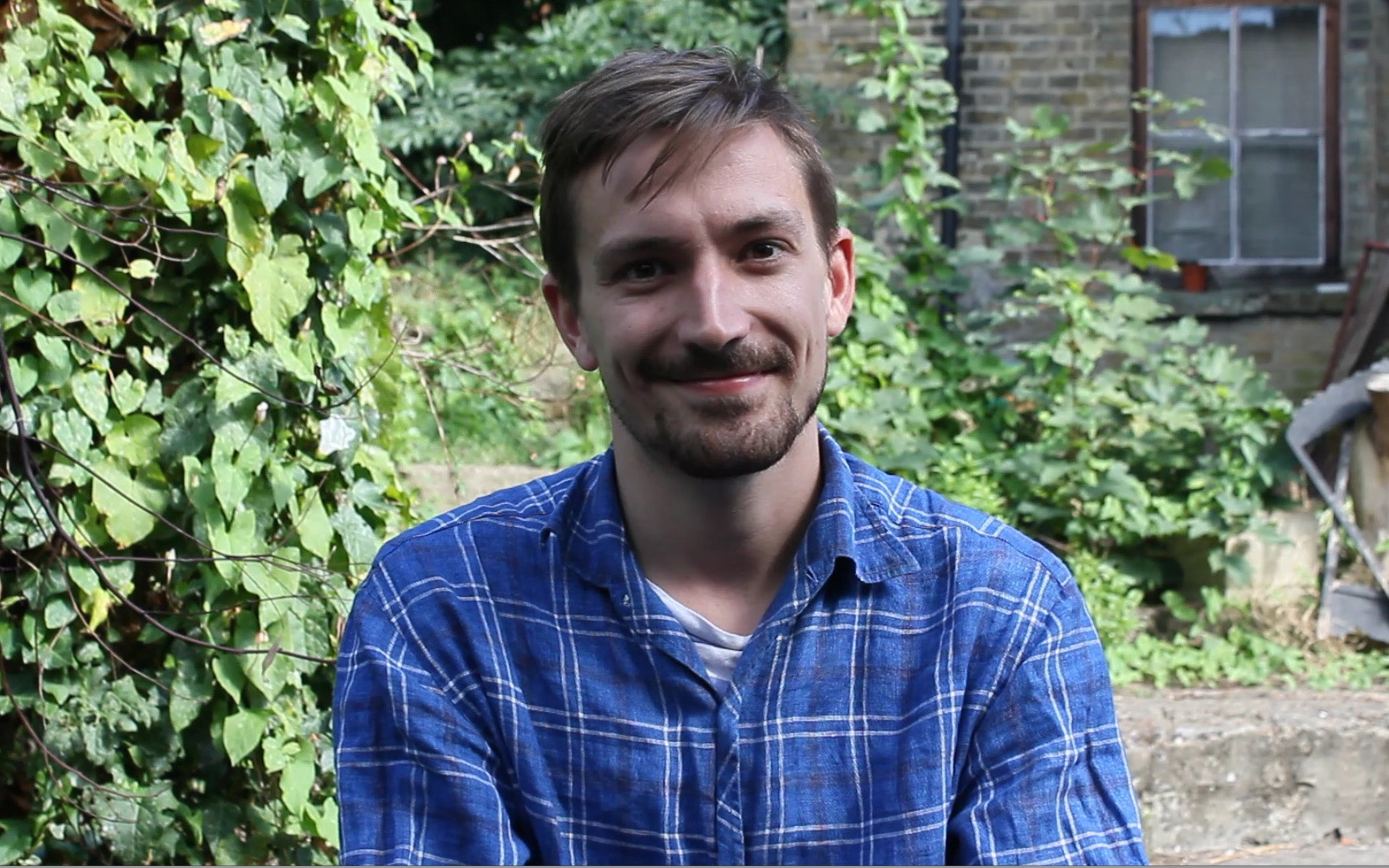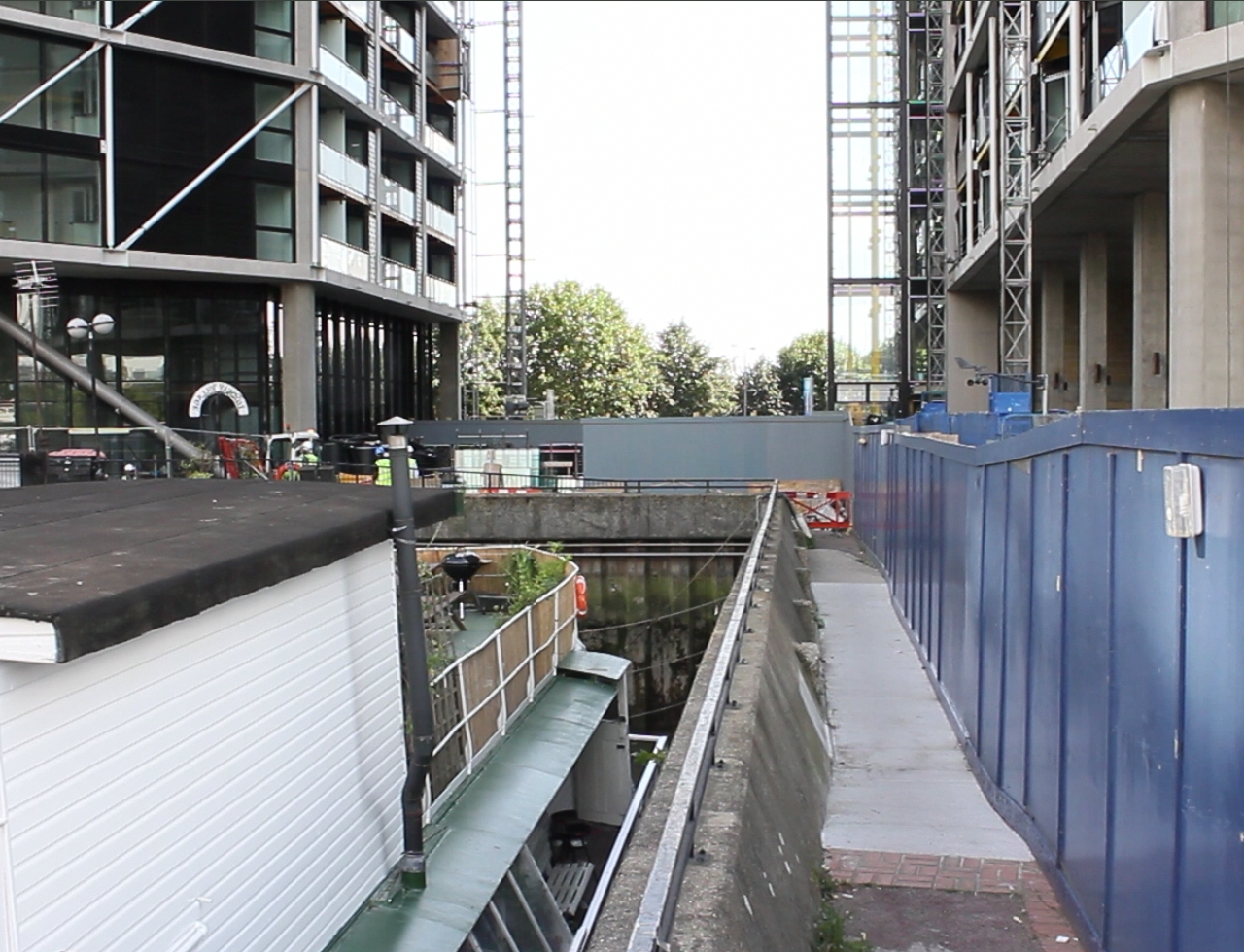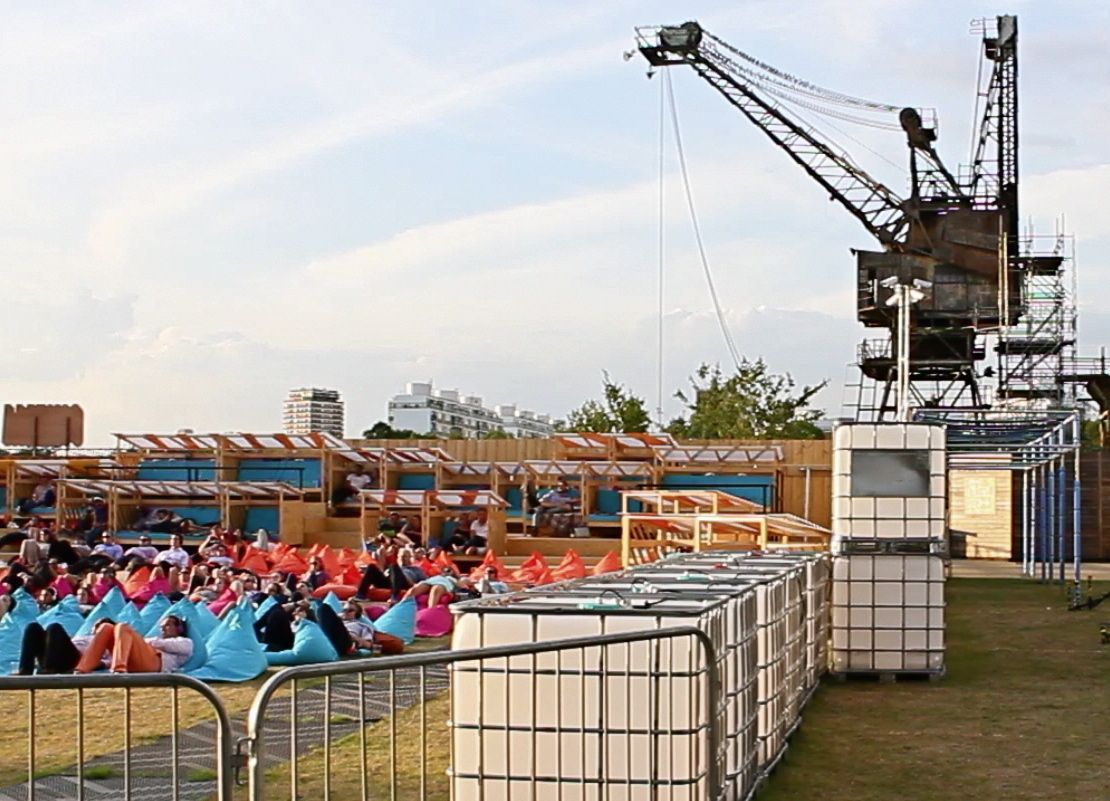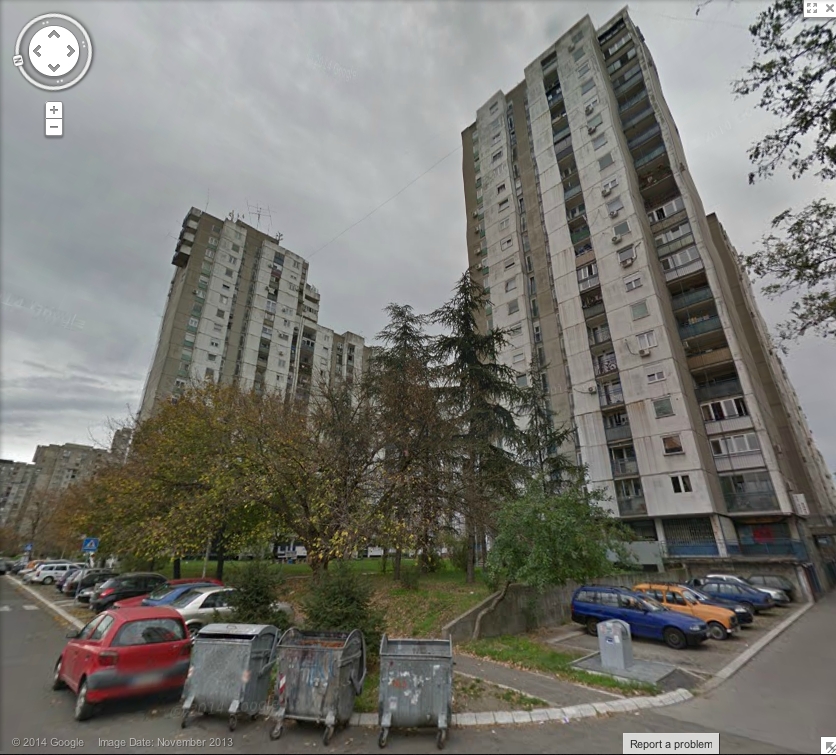Video can transform your website, it is accessible, engaging and often more convincing than text. Once you have mastered digital video production for the web you can make pitch videos, explanatory videos and promotional videos to boost your business and brand.
Training existing staff to produce high quality digital video content for your website is far more cost effective than hiring an external film crew and can produce the same excellent returns. In addition to being more affordable, we believe that existing staff have the potential to advertise, demonstrate and spread the word about products and services that they thoroughly understand more effectively than outsiders.
Spectacle offers a three day course specifically designed to meet the needs of small businesses, start ups, social enterprises and charities, on set dates at our premises in London, or at a time convenient to you in your office or ours if you are booking for a group.
If you need additional or different training, we can design and run a training course specifically for you.
Seven reasons why you should make videos for your website
- Using video on your website could improve your brand. Research by Axonn Media suggests that seven in ten people view brands more positively after watching video content about them.
- Hub TV suggest that embedding video on your homepage could increase your click through rate by 30%.
- According to research by Invodo, people will stay on a website longer if it has a video. Three out of five consumers will invest two minutes in a video that explains a product they are thinking of purchasing whilst 37% will watch over three minutes.
- Videos can boost SEO. According to research by Forrester, an indexed video may have up to 50 times more chance of ranking on the first page of a google search than a page of text.
- Video better suits smartphone viewing – research shows that on mobile devices people spend less time on average browsing a website, video can be quicker to absorb than text.
- According to eMarketer more than 50% of marketing professionals say that video content has the best return on investment (ROI).
- Videos are easy to share on social media. This means they can go viral.
For more information email training@spectacle.co.uk or go to http://www.spectacle.co.uk/projects_page.php?id=500 for information on other Spectacle training courses
Or contact training@spectacle.co.uk
If you would like more information on future training opportunities at Spectacle sign up for the Training Newsletter – tick the box if you would also like Spectacle’s general newsletter.




